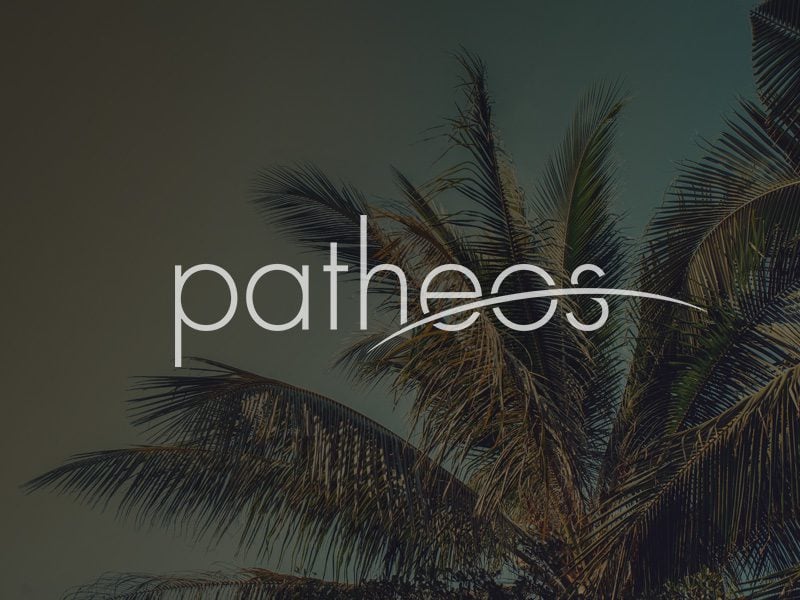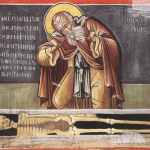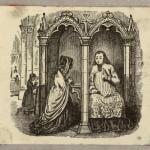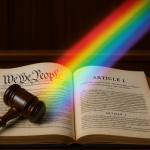(Liquid Crystal Project 3, Groove Attack / Polar Ent / Greenstreets)
This review is about good music, soundcraft, art. Soulcraft. I am not a jazz critic, a hip-hop head, or a media journalist. For the purposes of this review I am, first and foremost, a musician who also happens to be a writer. I offer this disclaimer from the outset to be clear what this album is not about.
Liquid Crystal Project 3 is not about orthodoxy, reaching to meet standards and expectations external to what is closest and most natural. (Yes, this is an implicit critique of cheaply-tethered “fusion” music that glues genres together just for the hell of it, or to seem innovative and clever.) Those who try to fit this album into strict categories — jazz and all its subgenres, hip-hop, neo-soul, funk, urban or world music, or even jazzhop, strictly speaking — will be sorely disappointed. There is no doubt that Liquid Crystal Project (LCP) has deep hip-hop roots and credibility, a neo-soul mood and style, and serious jazz vocabulary, but their music is much more than a cut-and-paste project.
Mastermind J Rawls clearly doesn’t suffer from nostalgia in this album. It is extremely ambitious, forward-moving music.
The music conveys what hip-hop means beyond the superficial labels, as a cultural movement: the continuation of the grand project of Black art. At its core, this is (post)modern-day folk music. Music for, as Sly put it, EVERYDAY PEOPLE; music that hits the African root and grows soulfully through the blues-jazz-funk progression, and beyond.
The album begins with a “Nematic Sunrise”: soft shakers and the dominant-yet-tasteful electric keychords begin and, like a sunrise, grow into a soft groove that rises on a clean, crunchy snare and lays a foundation, with the final addition of some hand claps and bass notes, for a melodic duo of saxophones to sing, before the solos begin to shine.
A note about solos: what is exceptional about this album is that it doesn’t take the tired, predictable structure of jazz and hip-hop too literally. It often settles for singing (without, with one exception, lyrics) in unison. Melody drives every song, harmony is secondary. When the solos take off, they never veer away just to show it, they never play “out” for the sake of some superficial sense of freedom.
Make no mistake: this is freedom music, but it is a mature, nuanced sense of freedom that knows the risks of leaving too much behind.
The album features tributes to De La, Tribe, and more but, even when the sound is classic as the fresh, vocalized melody of “Stand Up” (featuring the acclaimed jazz trumpet of Pharez Whitted) the feel is intensely futuristic. The time warp oscillates between past, present, and future most vividly in “Equinox”: a track that showcases the orchestral voicings of B Jazz’s keyboard that, to my ear, anchors the entire album.
This keyboard foundation gives the drums an incredible and unique amount of room for playfulness and conversation. Rob Riley tosses and turns, pushes and pulls, flips and pulsates timing with the stylistic drumming minimalism known and loved by organic hip-hop fans.
Those who know me know how much I respect and love my good friend Eddie Bayard’s saxophone playing, and this is no exception. Eddie’s sounds like NO ONE ELSE on this album. No one but himself. His tone, timing, and lyricism — and sudden, brilliant outbursts of spiritual genius — are all on full display. Perhaps more impressive is the restraint he shows in this album. Charles Cooper’s sax also shows grace and is especially sophisticated in how it uses Eddie’s valve-simmering tone to distinguish itself, like a plume of smoke veering gently in another direction. (“Where is the Love” is a prime example of this.)
Back to B Jazz: not only does he orchestrate thick layers of sound, his soloing bends and sways and sings in a voice that is as soulful as anything I’ve ever heard.
This is not mellow, “easy-listening” music. It is intense in the way that rain erodes boulders. It falls seamlessly, in a single stream from track to track and, in the end, leaves a deep mark. A groove. The final track, “Work,” wakes you up to what just happened when you’re able to follow a ragged cut time that breaks into a funky swing — and then an Afro-Latin cajon — with as much ease as the smoother antecedents.
When it’s over, you want to listen to LCP 3 again — and again. Then you want to see them live.
If I were to make one, honest criticism it would be very predictable and self-serving: LCP could use some Mexican, soulful guitar. LCP 4? We’ll see. For now, I am delighted to groove to LCP 3. (Although I have played along on guitar once or twice!)
SR











